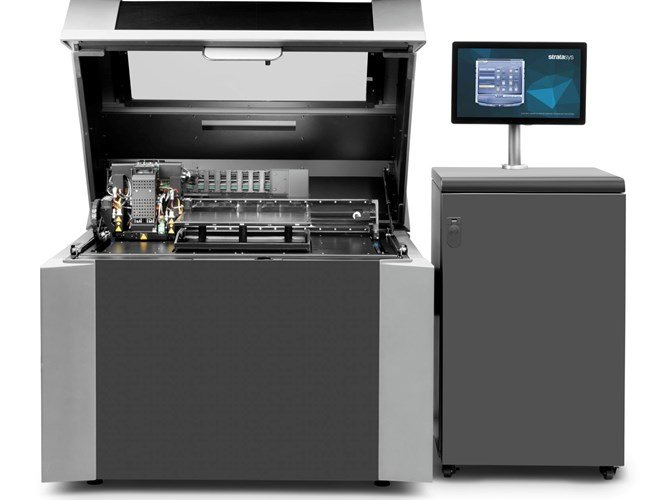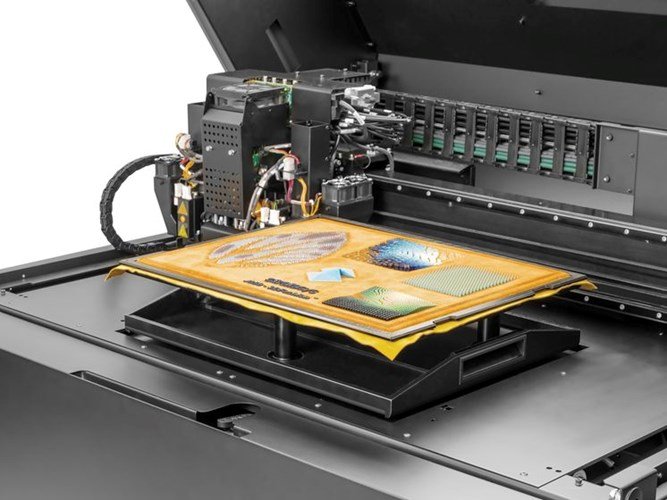This Week in Charts - May 9, 2022
This information was reported in the Griffin Review LIVE episode on May 5, 2022 which can be found here. Previous data on This Week in Charts can be found here.
With data provided by research partner McKinsey & Company and 3D Print News, the following topics were relevant:
- Losses in education: how far behind the curriculum students in various geographies sat;
- The power of patient-centric health-care;
- The skyrocketing cost of dining out;
- A look at clothing waste in the state of California;
- A new development of 3D printer capabilities;
- Impact of the coronavirus crisis on various airlines; and
- A new housing bill passed in California.
Let’s dive right into the data!
Education Disruption
The pandemic disrupted student learning by varying measures in differing geographies. The data tell us that students in South Asia, Latin America, and the Caribbean may average over a year behind their intended curriculum. Those in North America and Europe fared a bit better, averaging as little as 4 months behind. Speculative factors include access to and fluency in digital technology paired with wireless networks. Students who could access teachers and content remotely could obviously keep up on their studies more thoroughly than those without.
Patient-centric Healthcare
Jeff Bezos hit the nail on the head when he designed a fulfillment company that was obsessively focused on customer wants/needs. When this mindset is translated into the sphere of healthcare, the results are powerful. Organizations that listen to and prioritize their customers, ie patients, see comparative advantages. In a previous episode, we discussed methods of curating patient satisfaction; here I want to share three motivations to do so.
Satisfied patients have 36% fewer “unnecessary” visits, a significant time and energy saver over competitors. Time is a valuable resource for doctors and their staff and an obvious advantage emerges when they can focus on necessary visits.
Next, satisfied patients are 28% less likely to switch care providers. Again a resources advantage emerges with time, energy, and money as switching costs are avoided. It is almost always easier to invest in retaining a client than to go integrate a new one and this holds true in medical scenarios.
Finally, satisfied patients are up to six (6) times more likely to use other services from the same provider. Not only does this tap into the advantages in motivation #2, but also limits the spread of private medical data. While providing privacy advantages, it is also true that returning to the same doctor and associated staff means a more personalized service.
The customer-centric model is not a new idea but this data gives a powerful look at the advantages to be reaped through its application.
High Costs of Dining Out
The chart above shoes a consumer-price index related to food and draws the following conclusion: whether you’re eating in or dining out, the price of food is on the rise. But compared to the cost of groceries, the cost of food-away-from-home like restaurants, catered events, and other venues has increased more significantly. Some contributing factors might be the integration of democratized delivery services (like UberEats or Doordash), the increasing demand by service providers for higher wages, and the chaotic state of global supply chains.
It should be mentioned that Griffin Review’s geopolitical analyst Matt predicted last year that food prices would a be a significant contributor to global and regional conflict. Are the food wars just around the corner?
California Clothing Crisis
The State of California has a clothing conundrum. In the year 2020, residents of the Golden State bought and wore approximately 530,000 tons of clothing, with about 500,000 of those tons expected to wind up in landfills and less than 1% completing the process through recycling programs to participate in the spherical economy. This is a wasteful and distressing statistic, but the alternative seems to be a state of people without garments. This brings into sharp reality the necessity for developing circular economy solutions. One such solution might lie with 3D printing.
3D Printing on Garments



Pictured above is the new Stratasys Poly-Jet J850 Pro TechStyle 3D printer. This machine is designed for additive manufacturing methods directly to garment whether it be leather, polyester, wool, or nearly any other material. While the industry still struggles to 3D print garments from scratch, this is a step in the right direction. 3D printing in fashion is a largely uncharted territory due to the difficulty of working with complex extrudable materials which sometimes compromise comfort for function. Perhaps the future of apparel is one in which 3D printing plays a significant, sustainable role?
Corporate Confidence
Geopolitical conflicts loom large for executives. In a McKinsey Global Survey, nearly 60% of interviewed executives cite geopolitical conflict as a threat to near-term growth in their own economies. Recently that’s led to relatively less positive sentiment for the overall economy, where, for the third quarter in a row, respondents are less likely to believe that economic conditions, either global or domestic, will improve in the months ahead.
Air Travel Losses
Even before the coronavirus crisis, airlines outside North America struggled with losses. Starting in about 2012 and through 2019, airlines were bleeding $17 billion in economic profit per year. In 2020, as the pandemic affected air travel demand, airlines lost $168 billion US dollars, setting the aviation subsector back roughly 16 years. North America was not spared in 2020, either, registering $63 billion in losses. Those organizations that specialize in transporting goods through the supply chain fared better than their passenger transport counterparts.
California Homeowners’ Incentive
The State of California announced a new incentive program for first-time homebuyers which involves assuring 0% interest on a borrowed down payment. Dubbed the Forgivable Equity Builder Loan, the state sweetens the deal by stipulating that the loaned down payment is also completely forgivable under the proper circumstances. Here are some more relevant facts:
Many loans can be requested for up to 10% of the property’s total price.
Residents making less than 80% of their residing county’s median income can qualify. For example, families in Sacramento making less than $72,000/year can confidently apply.
If the homebuyer stays in the residence for at least five (5) years, they do not need to repay the junior loan.
The down payment loan can be used to fulfill the down payment and closing costs including rate buydowns.
In this analyst’s opinion, the program seems intended to encourage current homeowners to sell by providing more down payment loans to first-time homebuyers. In essence, the money flows to the seller and the burden of debt remains with the buyer. The buyers are then locked into their place as residents (taxpayers) of the state to continue to qualify for loan forgiveness. This just sounds like slavery with extra steps.
Conclusions
That’s all the data we have for today. We’ll be back next week with This Week in Charts.






